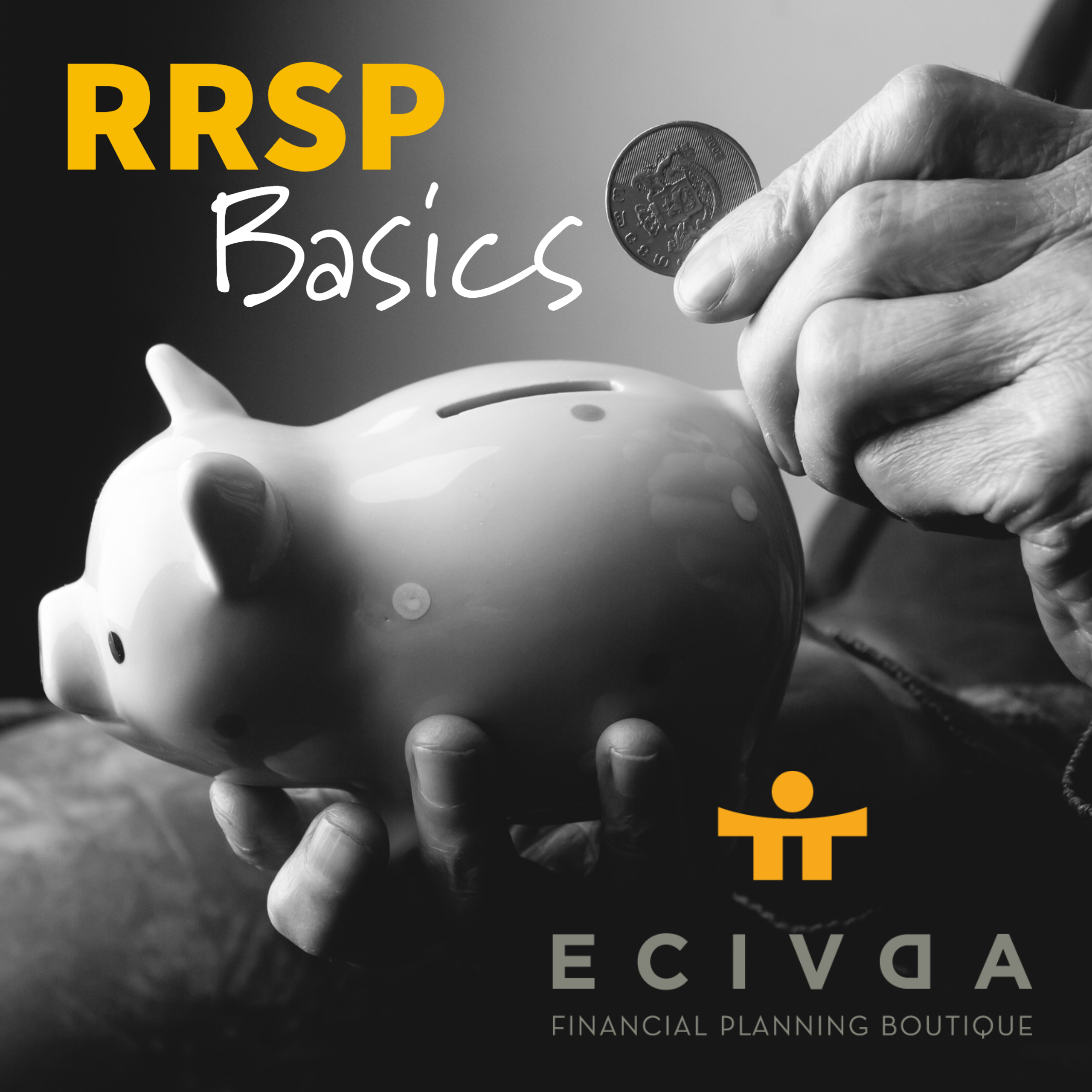RRSP Basics
As each February concludes and RRSP contribution season ends, investors across Canada exhale feel a sense of relief and accomplishment. RRSPs are an extreme example of deferred gratification; doing something good now for a benefit that occurs much later.
As the North American society has moved away from employment-based pension plans everyone is responsible to save for their retirement, and Registered Retirement Savings Plan is a fundamental tool to save. This is especially true when publicly managed pensions like Canada Pension Plan (CPP) and Old Age Security (OAS) do not provide enough income for most.
Saving for retirement takes planning and discipline, it is not easy to manage the important (retirement savings) with the urgent (immediate expenditures).
An RRSP allows Canadians to defer income tax on both the initial deposit and any growth those assets generate. Making the maximum contribution could save you almost $15,000 on this year’s tax bill depending on your income level and associated tax rate.
What you need to know
- Contributions to your RRSP are deducted from your taxable income. If you earn $100,000 and make a $24,000 deposit, you are taxed on $76,000 for that year.
- Contributions and earnings are subject to income tax when withdrawn, or at death (unless the RRSP is transferred to a surviving spouse).
- Contribution amounts are based on your income level. 18% of your income can be deposited into your RRSP with the annual limit of $27,830 for the 2021 tax year and $29,210 for 2022.
- Contribution room from previous years that has not been used is carried forward.
- Contributions can be made at any time during the year, and until the end of February for the prior year’s tax return. This allows the prior year to conclude before the contribution amount is fully calculated.
- Contributions can be managed based on your unique situation, current and potential earnings and the tax brackets that you fall into. For an Ontario resident paying the highest marginal tax rate of 53.53%, a $24,000 deposit will reduce your income taxes by $12,874.
- Contributions can be managed between years to reduce overall taxes. Unused contribution room can be utilized for years when a higher tax bracket is being applied to your income. Depending on your situation it might be better to wait or make a deposit now.
- Contributions often generate a tax refund. When your payroll deductions are accurate most people will not pay or get a refund when filing their taxes. An RRSP is not typically factored into these calculations, and the tax savings generated by an RRSP deposit often appears as a refund!
And finally:
Contributions that are made monthly typically grow larger than the same yearly amount deposited annually after each year has concluded.
- $2,000 deposited at the start of each month for 25 years grows @ 6% to $1,385,988
- $24,000 deposited at the end of each February for 25 years grows @ 6% to $1,316,748
- Without any additional deposits that’s a difference of $69,240!!
This is often a conservative estimate. The difference is usually much larger because an investor who commits to monthly contributions and agrees to a PAC (Pre-Authorized Contribution) is much more disciplined. An annual, large payment is more susceptible to the negative effects of variations in year-end bonuses and a year of day-to-day spending. The temptation is to believe that, if skipped, payments can be caught-up later, which the effects of compound interest make it difficult to achieve.
The Bottom Line
Setting up an RRSP with a monthly PAC can help you retire sooner, because we cannot save what we have already spent.
Book an appointment with us to discuss setting up your RRSP or Monthly PAC – click HERE
